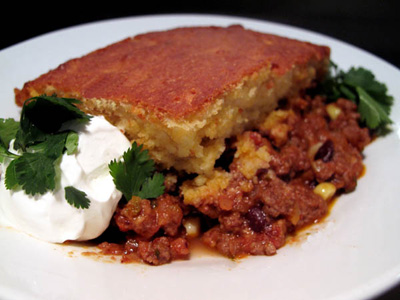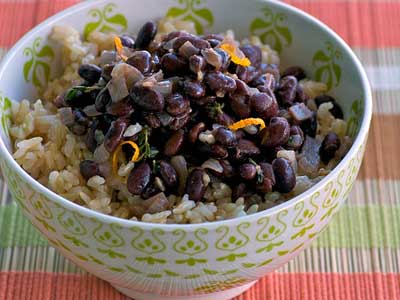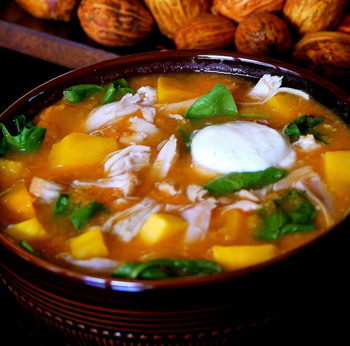 When I was growing up, my mom often made two different cucumber salads. For each of the salads, she sliced fresh cucumbers into very thin rounds. In one salad, the cucumbers bathed in a clear vinegar-water solution seasoned with sugar and lots of black pepper. I always liked that salad. My favorite, though, was the salad made of thinly sliced cucumbers swimming in a delicious sour cream sauce with sugar and vinegar stirred in along with thin, delicate threads of fresh dill weed.
When I was growing up, my mom often made two different cucumber salads. For each of the salads, she sliced fresh cucumbers into very thin rounds. In one salad, the cucumbers bathed in a clear vinegar-water solution seasoned with sugar and lots of black pepper. I always liked that salad. My favorite, though, was the salad made of thinly sliced cucumbers swimming in a delicious sour cream sauce with sugar and vinegar stirred in along with thin, delicate threads of fresh dill weed.
During the last couple of weeks I’ve been able to purchase English, or seedless, cucumbers at my local farmers market. These long, slender cukes are not really seedless, but the seeds are so small and insignificant compared to regular cucumbers, they seem seedless when they’re being eaten.
Last night I served the Sour Cream Cucumber Salad with grilled pork chops, potatoes and beans. This is a salad that is good with everything. My Hungarian mother always served Sour Cream Cucumber Salad with a traditional meal of Paprika Chicken and tiny homemade dumplings. Since my mom taught me how to make this salad, I often refer to it as Hungarian Cucumber Salad.

 We love good Mexican food in the Salzman household. Soft tacos are a weekly staple on our dinner table (using leftover grilled steak or roasted chicken, sauted with a little bit of onion and garlic), served with fresh salsa, sliced avocado, and if time permits,
We love good Mexican food in the Salzman household. Soft tacos are a weekly staple on our dinner table (using leftover grilled steak or roasted chicken, sauted with a little bit of onion and garlic), served with fresh salsa, sliced avocado, and if time permits,  This is one of my favorite winter casseroles based on a recipe from
This is one of my favorite winter casseroles based on a recipe from  I don’t want to lose weight, stand in line at the gym, or make short-lived resolutions for 2014 - I resolve to live in the moment.
I don’t want to lose weight, stand in line at the gym, or make short-lived resolutions for 2014 - I resolve to live in the moment. The other day I received a flyer advertising a romantic Caribbean get-away. It showed a scantily clad, deliriously happy couple lounging on the beach, cocktails in hand. I ripped it in half and tossed in the recycle bin. When you're married to someone whose Twitter handle is
The other day I received a flyer advertising a romantic Caribbean get-away. It showed a scantily clad, deliriously happy couple lounging on the beach, cocktails in hand. I ripped it in half and tossed in the recycle bin. When you're married to someone whose Twitter handle is 